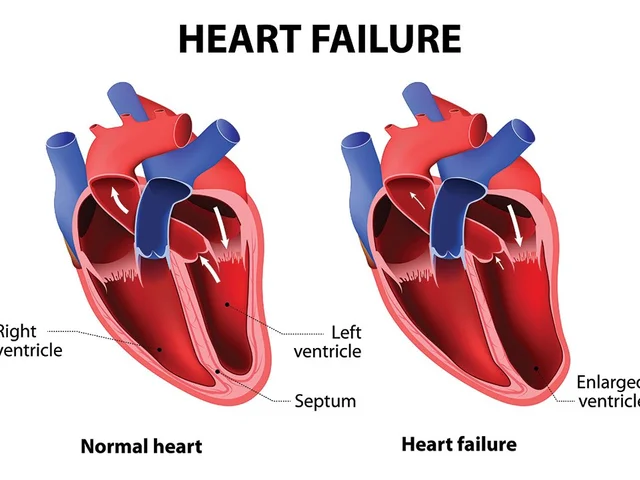Hormone Treatment: What It Is and How It Works
Ever wonder why doctors talk about hormone therapy? Hormones are tiny chemicals that tell your body how to grow, heal, and stay balanced. When they’re out of sync, you can feel tired, gain weight, or notice mood swings. Hormone treatment steps in to fix that gap.
Common Types of Hormone Therapy
There isn’t just one kind of hormone treatment. The most popular groups are:
- Replacement therapy – adds back hormones you’re missing, like thyroid hormone, testosterone, or estrogen.
- Contraceptive hormones – birth‑control pills, patches, or rings that use synthetic hormones to prevent pregnancy.
- Cancer‑related hormone therapy – blocks hormones that some cancers need to grow, such as breast or prostate cancer.
- Gender‑affirming therapy – uses estrogen or testosterone to align physical traits with gender identity.
Each type works a bit differently, but the goal is the same: bring hormone levels back to a healthy range.
Choosing the Right Hormone Treatment
First step is a chat with your doctor. They’ll likely order blood tests to see which hormones are low or high. Based on those results, they’ll suggest a dose and a delivery method – tablets, patches, gels, or injections.
Side effects can pop up, so it’s key to know what to watch for. Common issues include mild headaches, mood changes, or stomach upset. If anything feels off, call your doctor and ask if the dose needs tweaking.
Regular check‑ins are a must. Most people need labs every few months the first year, then maybe twice a year after that. This keeps the treatment on track and catches any problems early.
Remember, hormone treatment isn’t a one‑size‑fits‑all. Your age, health history, and lifestyle all shape the best plan for you. Stay informed, ask questions, and keep the conversation open with your healthcare team.

Ethinylestradiol in Male Hormone Therapy: Key Insights
- By : Archer Hamilton
- Date : Mar 11 2025
Ethinylestradiol is a component in male hormone therapy, particularly for transgender women. This article explores its role in hormone treatments, highlighting its effects, benefits, and potential risks. Understanding how it works can help individuals make informed decisions in their transition journey. Discover practical tips and expert insights on managing therapy with ethinylestradiol effectively.





